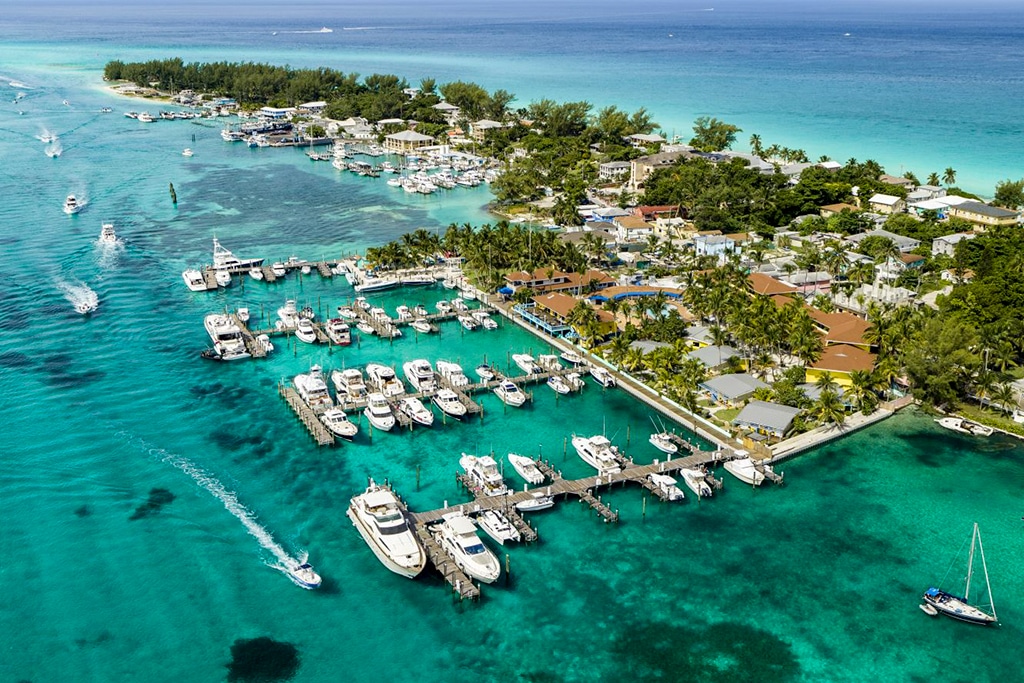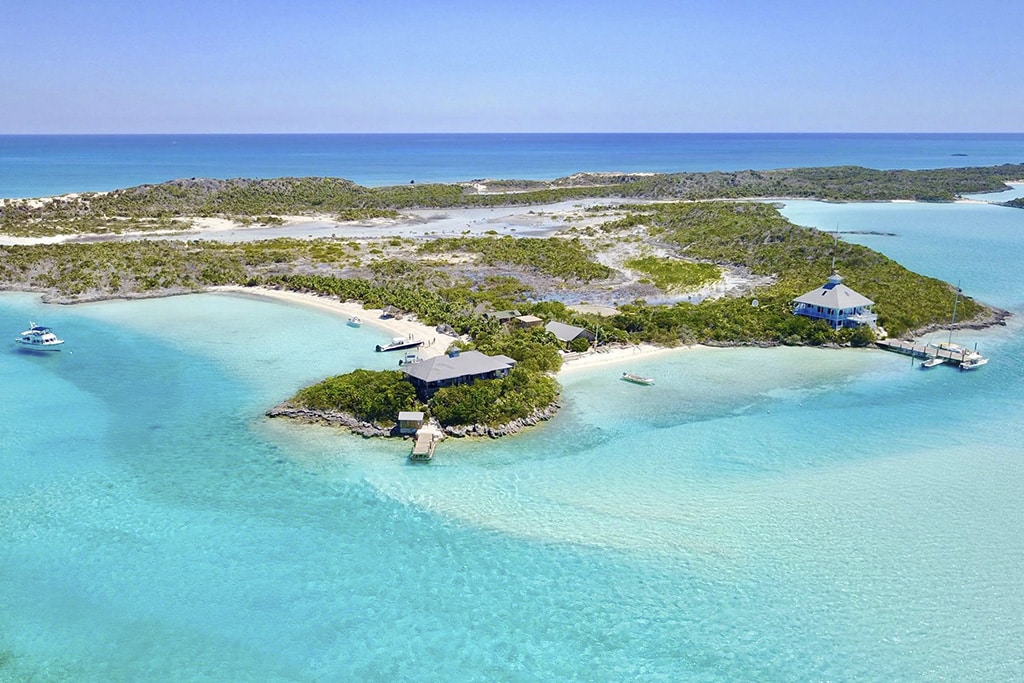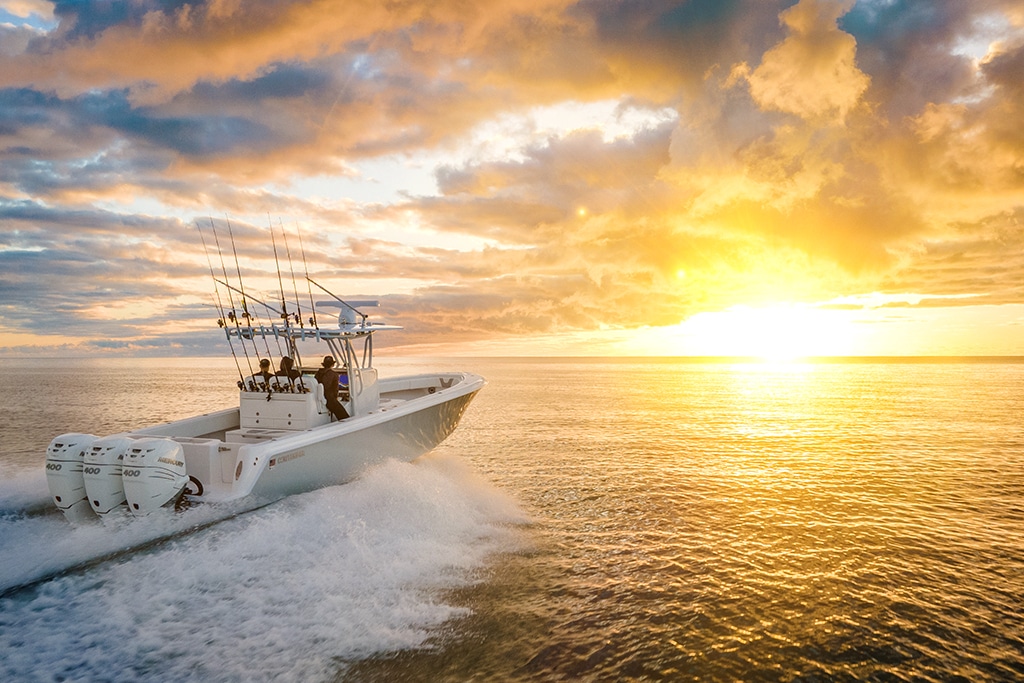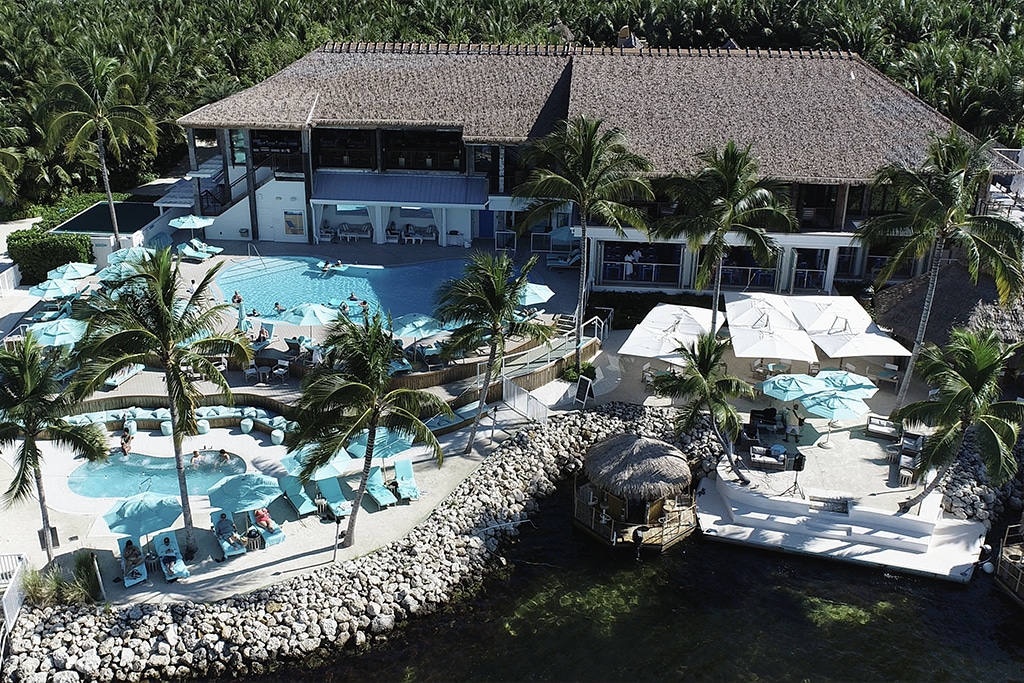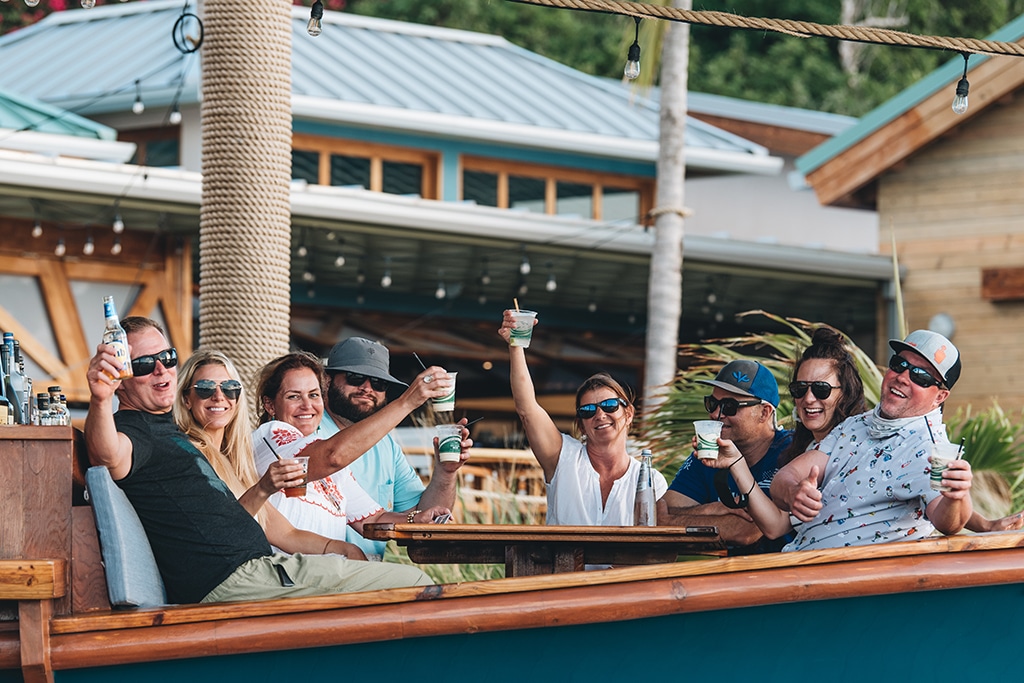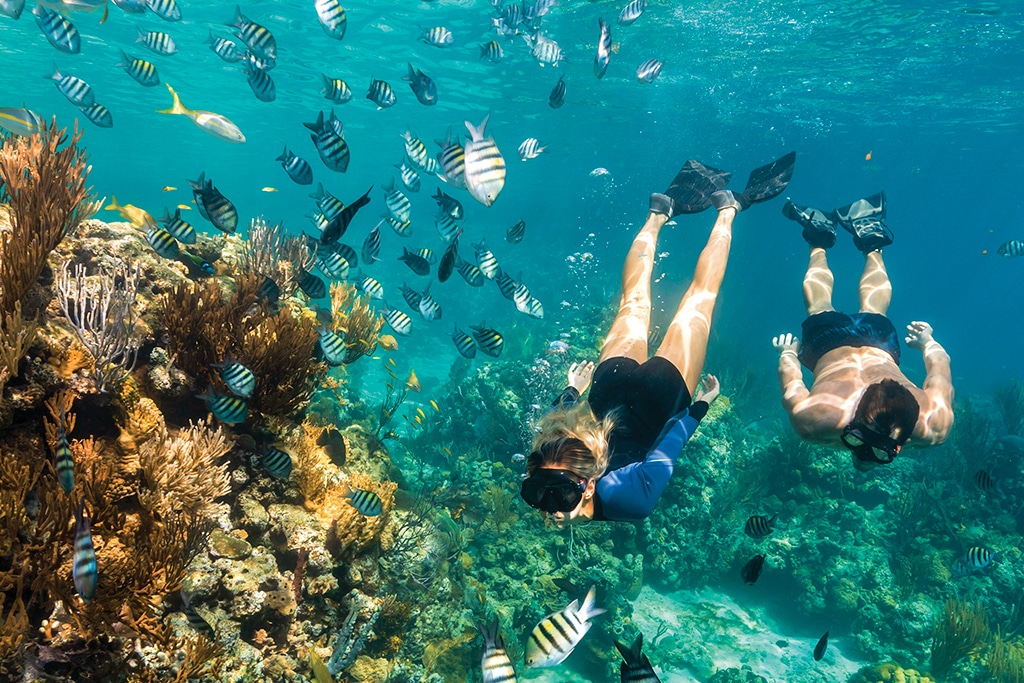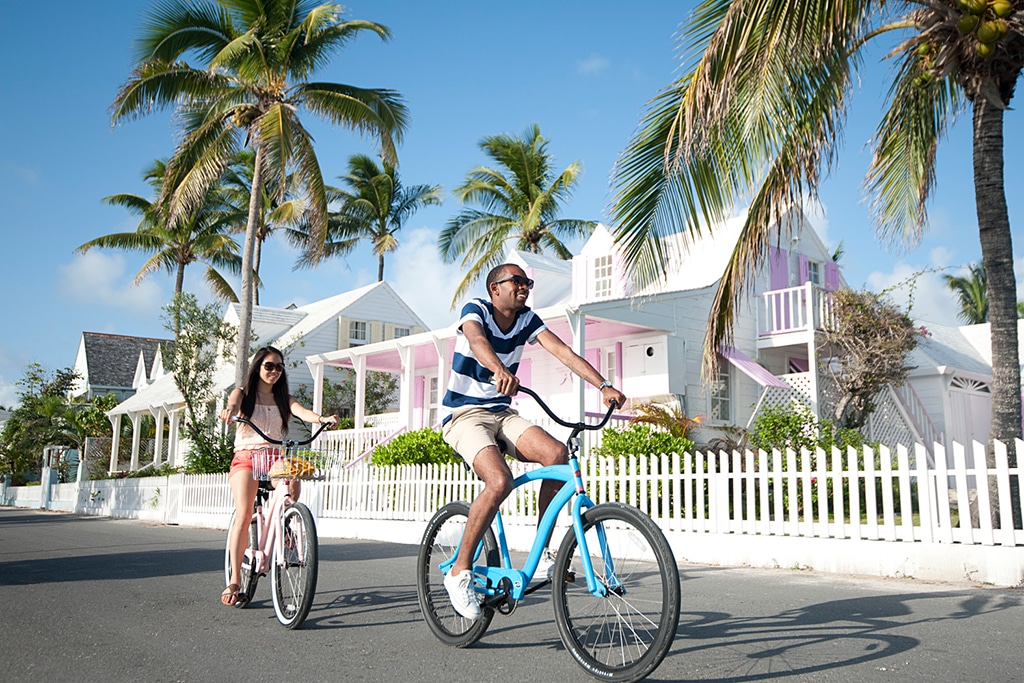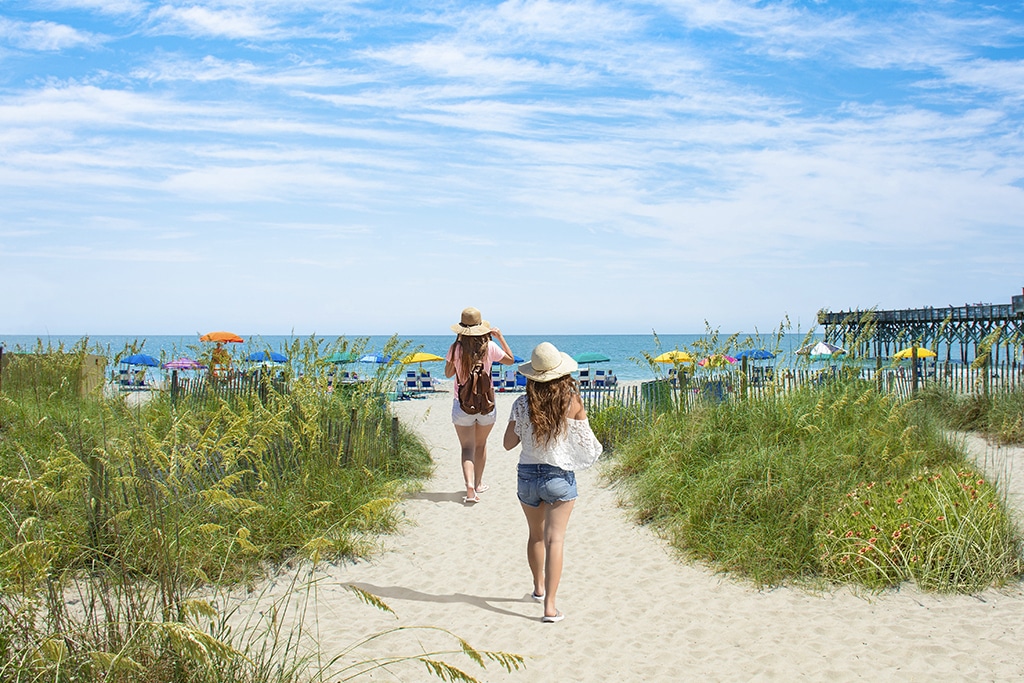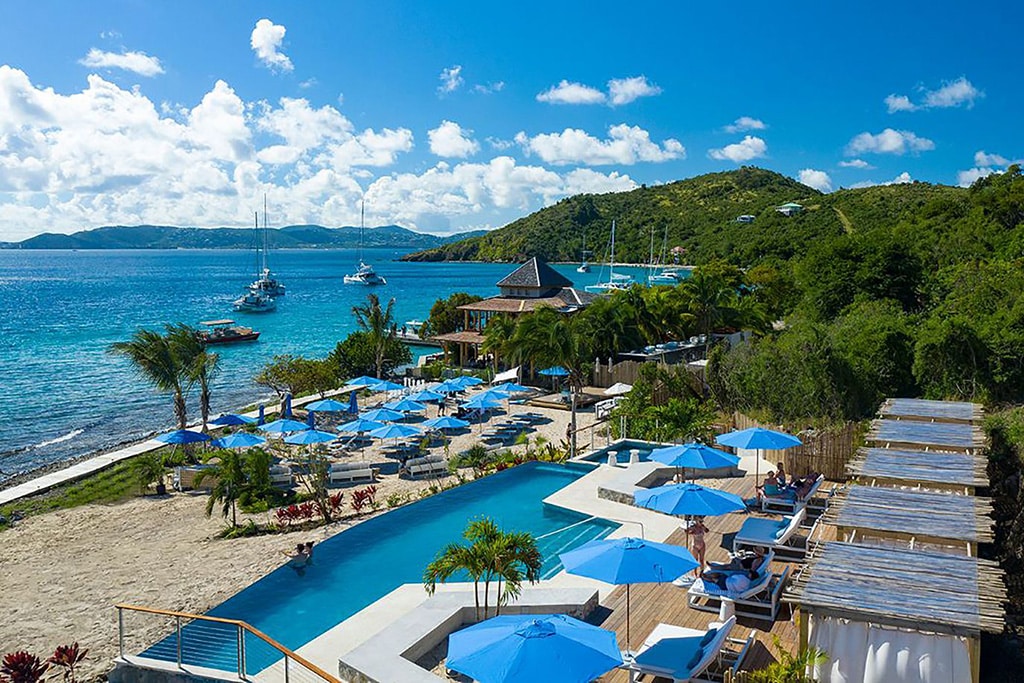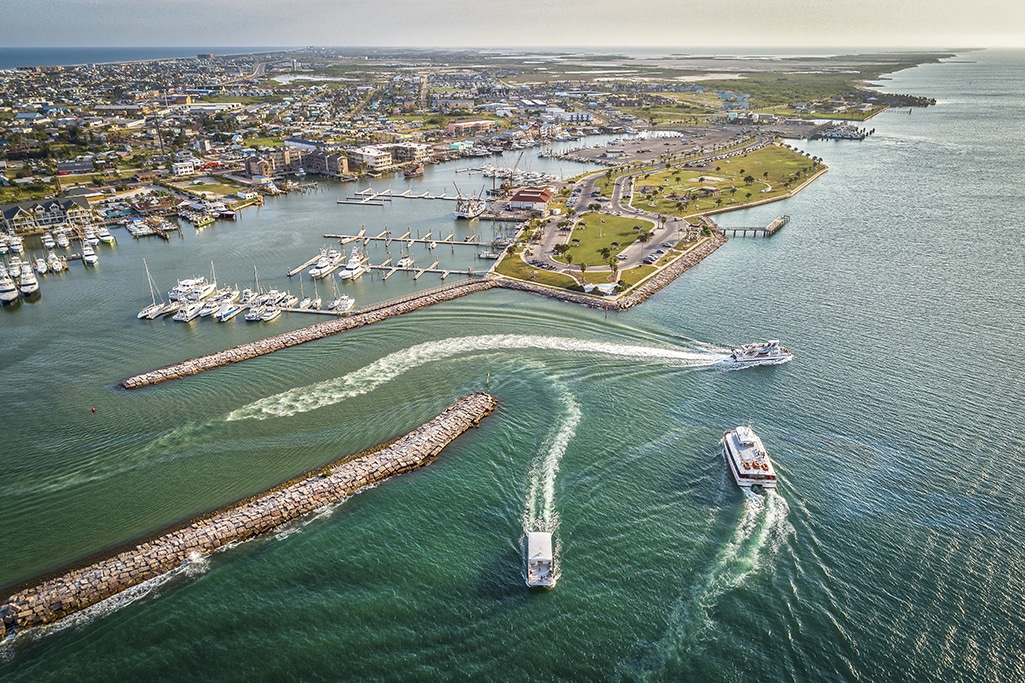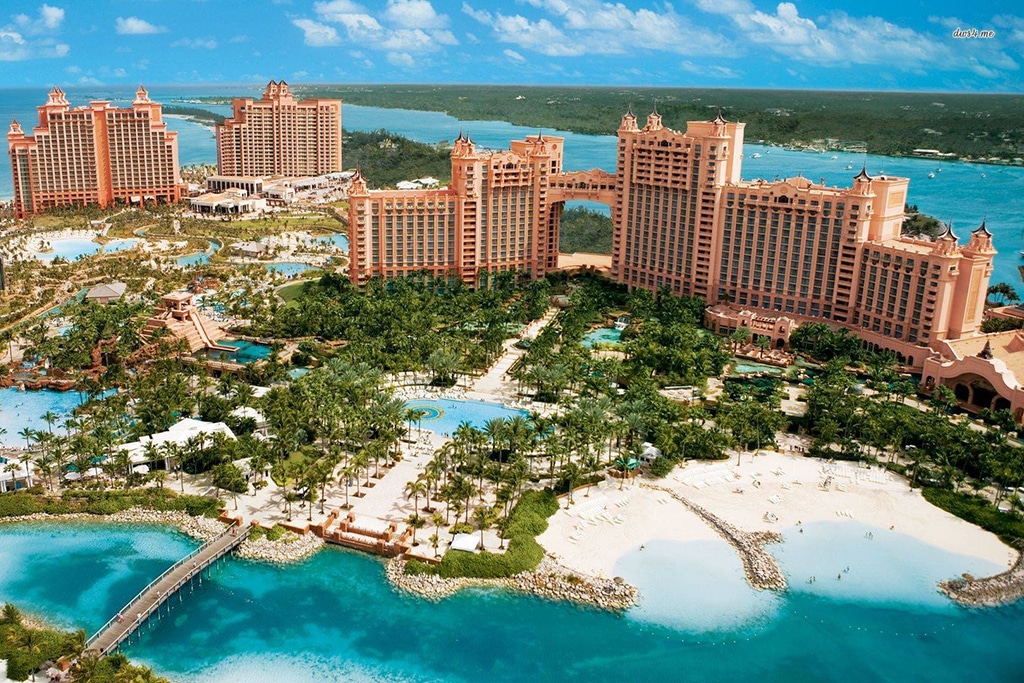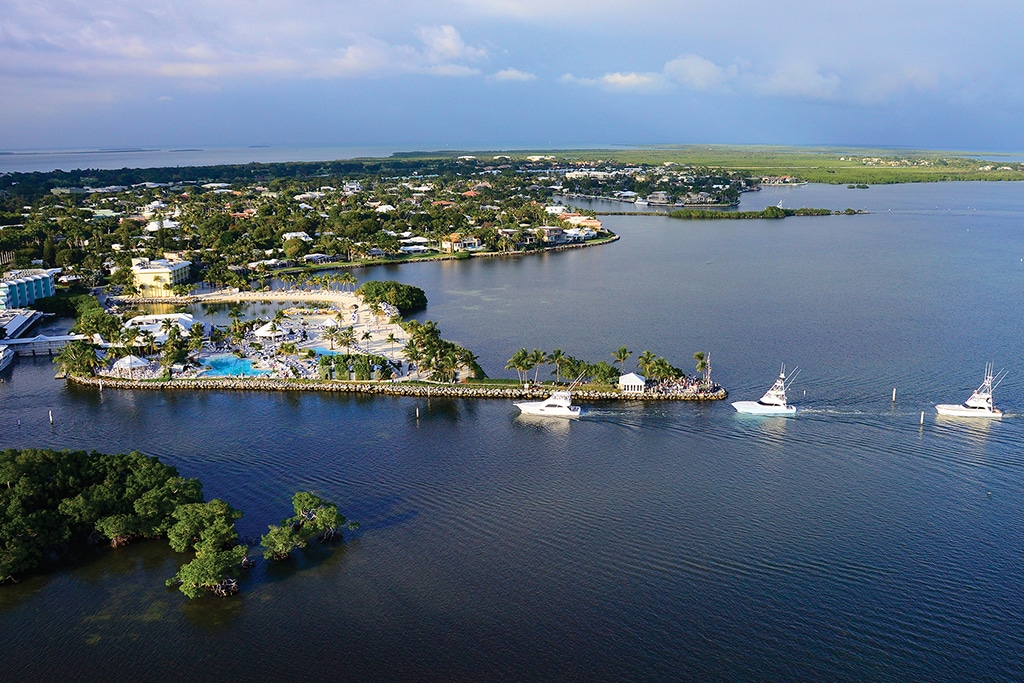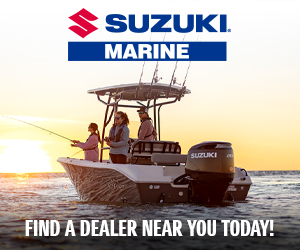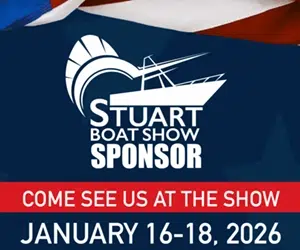Destinations
Destinations: Looking for information for your next cruising destinations? Whether you’re planning a sail in the Caribbean or summering in Newport, our destinations resources will help you plan the perfect excursion. Our expansive cache of destination information includes Monthly regional reports filled with seasonal tips and travel itineraries, Local knowledge on great boating locales, Cruiser resources—complete with photos, Insider tips, marina information and more!
Bahamas Marinas are Building Back
Bahamas Marinas are Building Back Serious improvements and renovations are proceeding at many Bahama marinas and to start the update,...
Read moreDetailsBahamas National Parks by Boat
The Bahamas’ National Parks by Boat Each marine park offers visitors a unique experience. What brings visitors to the shores...
Read moreDetailsEmerald Gulf Coast
Follow the Emerald Gulf Coast Head west along the sparkling green water from Destin to Orange Beach for great fishing...
Read moreDetailsEleuthera: The Friendly Island
Eleuthera: The Friendly Island For insiders, Eleuthera is one of the most desirable destinations in the Bahamas. For some skippers,...
Read moreDetailsCrossing to the Bahamas
Making the Crossing Be Prepared before you sail to the Bahamas. Traveling to the Bahamas by boat may seem intimidating...
Read moreDetailsBungalows Key Largo
Divine Disconnection Escape life’s everyday hassles at the luxurious Bungalows Key Largo. Paradise awaits at Bungalows Key Largo, a secluded,...
Read moreDetailsBitter End Yacht Club adds a new Beach Bar
New Beach Bar for the BEYC Grab yourself a beer on tap, red or white wine by the glass, or...
Read moreDetailsDive into the Bahamas
Dive into the Bahamas Explore a stunning world beneath the turquoise waters. There are so many diving opportunities around the...
Read moreDetailsHarbour Island, Bahamas
A World of its Own The colors of Harbour Island As the crow flies, 222 miles east of Fort Lauderdale, Florida,...
Read moreDetailsPlanning Your Next Vacation
Vacation Vibes Follow these tips to plan a fun and hassle-free getaway. Sweaters and scarves are packed away while pools...
Read moreDetailsLovango Resort + Beach Club Opens in the USVI
Stay overnight or come for the day. The USVI’s latest cay-side vacation spot, the Lovango Resort + Beach Club, recently...
Read moreDetailsCruising the Texas Coast
Cajun Coastline Make your way down the Texas ICW from Kemah to Corpus Christi The Texas coastline journeys in a...
Read moreDetailsCruising on Florida’s Gulf Coast
Cultural Cruising on Florida’s Gulf Coast Stroll the waterfronts of Sarasota, Tampa, and St. Petersburg for some lively entertainment. You’ve seen...
Read moreDetailsWhat’s New In The Bahamas In February
WHAT’S NEW IN THE BAHAMAS IN FEBRUARY NASSAU, Bahamas, 01 February 2022 — Travellers can exchange their winter blues for...
Read moreDetailsOcean Reef, a residential club unlike any other
Ocean Reef Club Convenient to the Bahamas and encompassed by the famed waters of the Florida Keys, Ocean Reef Club’s...
Read moreDetails

